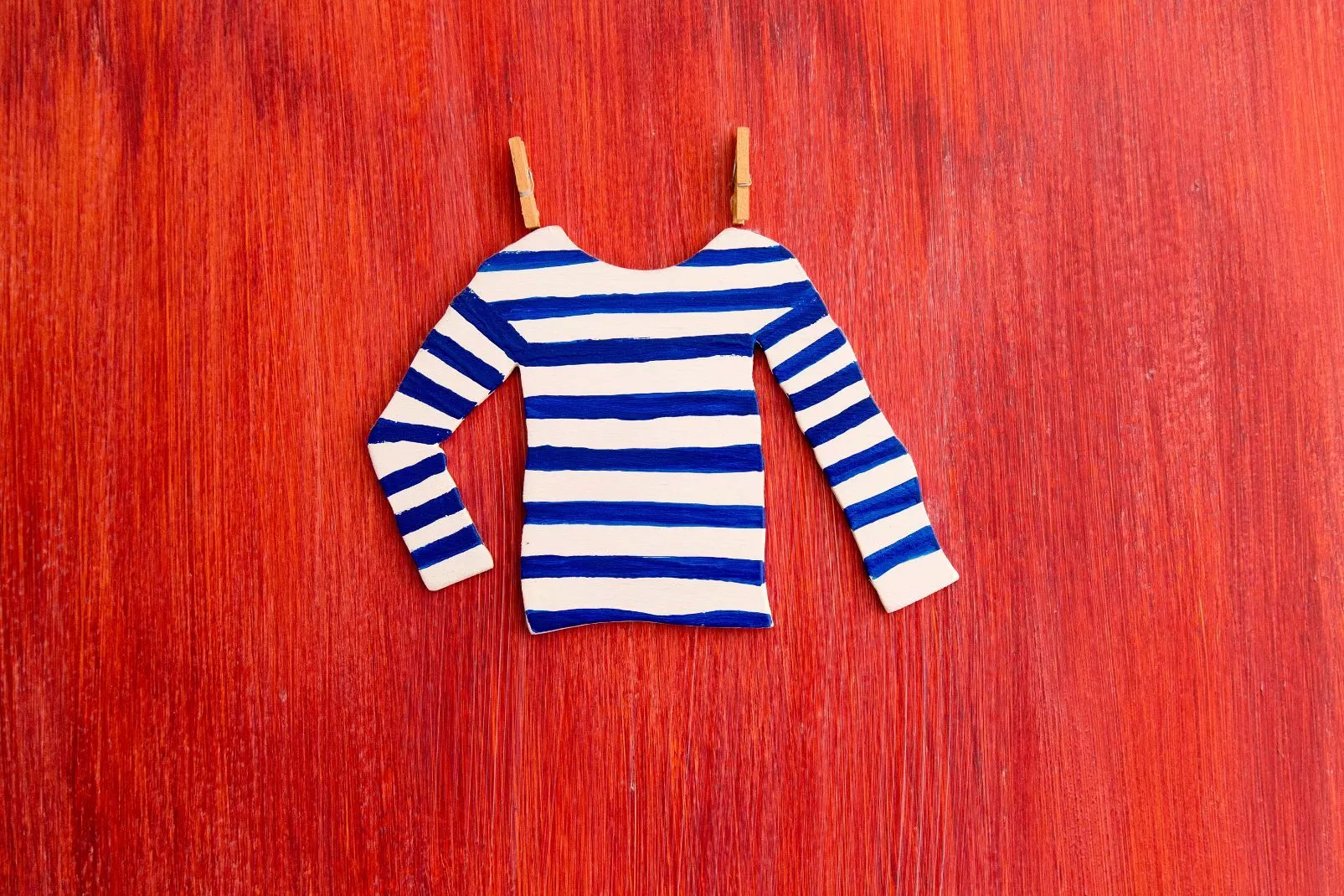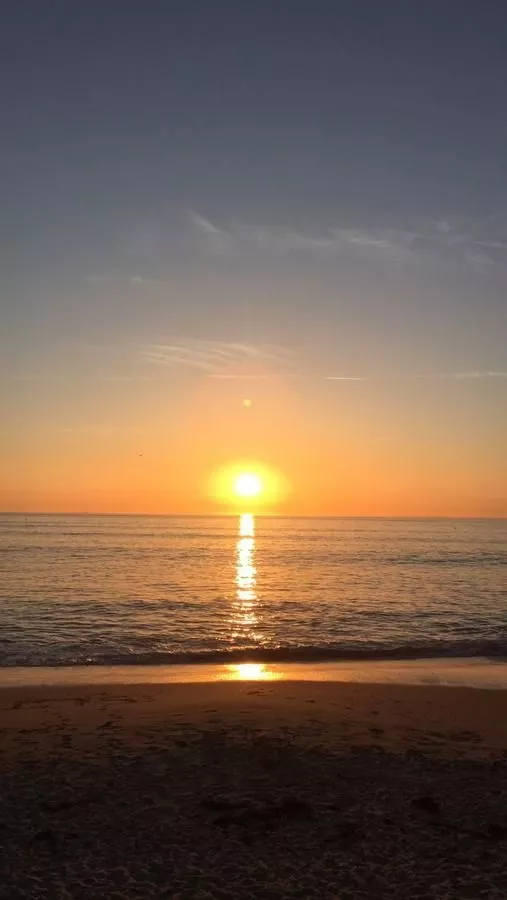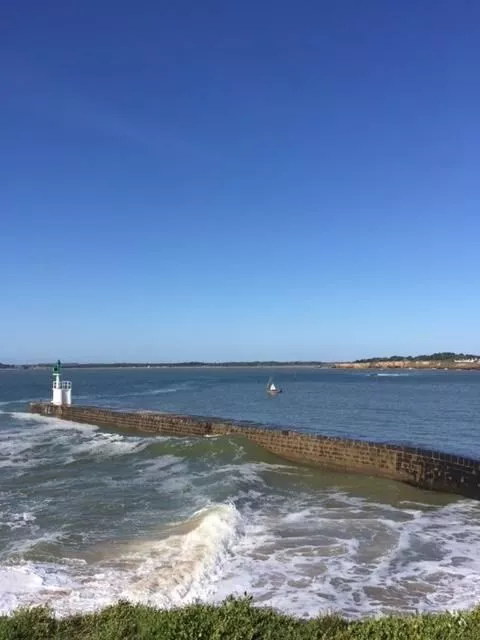
MESQUER / BRETAGNE
In Loire Atlantique, in the heart of a popular tourist region
By staying at the Relais Marine, you are in Mesquer, in the Loire-Atlantique region of the Pays de la Loire, near the popular towns of Guérande and La Baule.
Ideally situated in the heart of the Mès marshes, the second largest salt marshes in France, which once earned it the nickname of "the little salt capital", and open to the Atlantic Ocean with its 12km of coastline and fine sandy beaches, Mesquer-Quimiac is a pleasant family resort.
Here, you can breathe in the iodine scent of the oyster farms, hike along the salt marsh paths, swim on the Lanséria or Sorlock beaches, dive from the Pointe de Merquel or enjoy a gourmet lunch at the Kercabellec harbouri
At the doorstep of the hotel, the environment is wild and authentic and offers many discoveries and activities.
Our team will be happy to advise you on how to discover our beautiful region.





.jpg)
.jpg)
.jpg)
.jpg)
.jpg)
.jpg)
.jpg)
.jpg)
.jpg)